Modern Foreign Language School Trips To Barcelona
Barcelona is teeming with possibilities for practising Spanish in its streets, markets, cafés and galleries. Embark on a Modern Foreign Language school trip to Barcelona, the ideal destination for young explorers wishing to develop their Spanish skills.
If you are interested in teaching other popular modern foreign languages, we can help with organising German, French and Mandarin language trips.
Highlights
Out and about on the lively promenade of Las Ramblas
A Barca immersive tour in an interactive museum
Rollercoasters and water flumes at PortAventura
An evening of flamenco
Kelvinside AcademyVery good service and personalisation of our trip
Suggested itinerary
What's included*
*Please note, entrance fees where applicable are not included in typical price – contact us for more details
Recommended excursions
Gaudi’s masterpiece, this large, sand-coloured Catholic church has fluid forms, towering spires and surfaces overflowing with sculptures. It is still under construction even though it was started in 1882. Gaudi spent the last 40 years of his life working on this project and it isn’t scheduled for completion until 2026.
Stroll down Barcelona’s most famous street, separating the barrios of La Ribera and the Gothic Quarter. Locals and tourists bustle around the stalls selling trinkets, flowers and pets, the smart shops and Boqueria market, or just enjoy a café con leche while watching street performers. Photo © Alberto Cabello Mayero.
The Barca Immersive Tour is an interactive museum at Camp Nou allowing visitors to travel through the past, present and future of the iconic club. The tour of the exhibition ends in an immersive audio-visual 360-degree experience of what it feels like to be a player in the centre of the stadium.
NB.: The inside of the Nou Camp Stadium is undergoing renovation and cannot be seen as part of this exhibition at present.
Set at the foot of Montjuïc, Pueblo Espanyol is an open-air architectural museum with streets and squares reproduced to scale. It was built in 1929 for the Barcelona International Exhibition. The aim was to produce an ‘ideal, model’ Spanish village where the architecture, style, and culture of various locations around the country were preserved in one place. Photo © Olga Palma.
Gaudi has let his most whimsical ideas take flight in this enchanting landscaped park, high on a hill in the Gracia district. It contains amazing stone structures, mosaics and fascinating buildings festooned with dragons and natural shapes, plus the spired house where the artist lived for most of his last 20 years.
Take a walk around the old town of Barcelona with a guide who will introduce the group to traditional Spanish tapas. The group will taste a variety of dishes in different bars to get the real flavour of what the locals eat. A drink will be included and a sweet desert.
The best place to learn Spanish is in Spain and we can arrange language lessons at a local language school with a native speaker. This gives students a chance to work on grammar, vocabulary and pronunciation and to discuss cultural and social aspects of Spain with the teacher. Afterwards, students can use what they have learned in a real context.
This is one of the largest theme parks in Spain located in Salou on the Costa Dorada. Magnificent shows and magical rides – including the tallest rollercoaster in Europe – are split into six different sections: China, Polynesia, Mediterranean, Sesamoaventura, Mexico and the Far West, and there is also a an aquatic Park.
This unique theme park is the latest addition to PortAventura World, dedicated to the prestigious Italian firm and its F1 racing team. The rides and attractions are imbued with the Ferrari spirit; combining speed, cutting edge technology, innovation, design and adrenaline. Ferrari Land can be visited on its own or combined with the PortAventura Park.
Dating back to the middle ages, the Boqueria is one of Barcelona’s leading attractions. Located on Las Ramblas, this covered market has a dizzying array of fruits, vegetables, meats, fish, confectionery and more. There’s also a ‘culinary classroom’, where you can learn to cook, and where a variety of other gastronomic events take place.
Pupils can enjoy the colourful spectacle of this traditional Andalucian art form on stage. The passion, strength and confidence of Flamenco performers make for an unforgettable show. See how they artfully convey their full range of emotions – from humour, happiness and love to envy, anger and bitterness – within a strict framework of rhythmic patterns.
The museum has the most complete collection of works by Picasso – with more than 3,500 paintings, drawings, engravings and ceramics. Picasso moved to Barcelona in his teens, and the museum reveals his relationship with the city. Look out for the important works The First Communion and Science and Charity.
The lesson takes place in a professional kitchen. The group will divide into teams with each team preparing parts of a traditional Spanish/Catalan meal to share with the rest of the group. Dishes include gazpacho, Spanish tortilla, Catalan sausage (or vegetarian alternative) with aioli and tomato bread, pinchos, Catalan veggie pizza, fresh fruit skewers with warm chocolate sauce and alcohol free Sangria.
With this Spanish language game, students can enjoy an accompanied two-hour group language activity around an area of Barcelona following a day in the life of Pedro, a fictional Spanish boy. Tasks involve listening, reading and speaking Spanish with language activities and teamwork. The day ends with churros and chocolate for all!
The Race for Time trail is a teacher-led, self-guided city tour showcasing top landmarks. Fun activities along the way promote teamwork and dynamic thinking, turning a normal walk into a sightseeing adventure! Each trail pack includes comprehensive teacher’s notes and a risk assessment document (MFL and Enrichment version available).
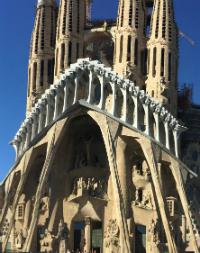
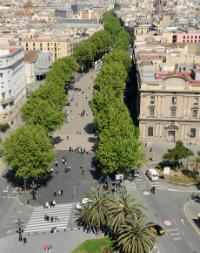
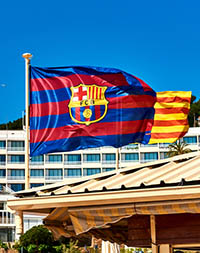
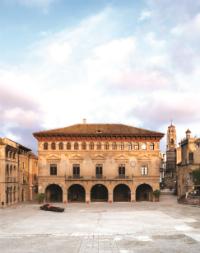
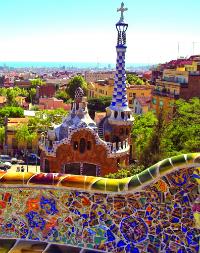
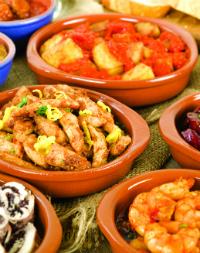
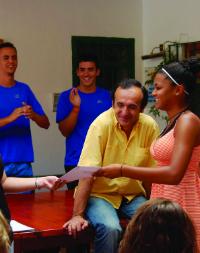
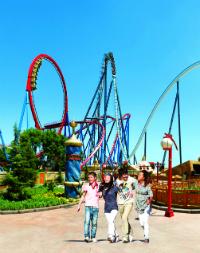
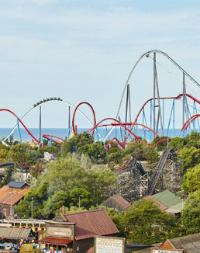
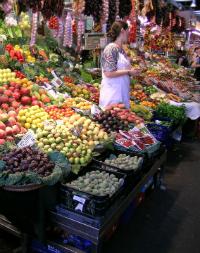
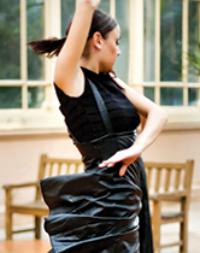
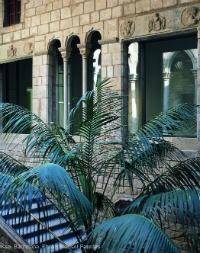
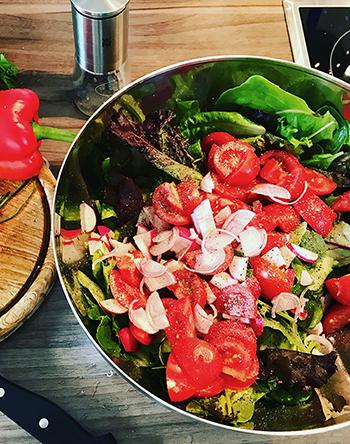
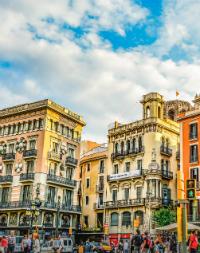
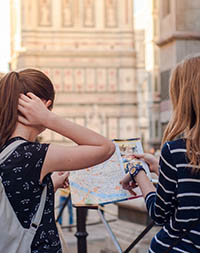
Typical accommodation
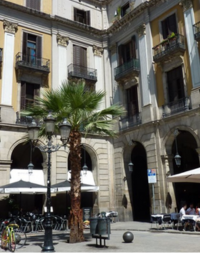
Why groups like it:
Facilities
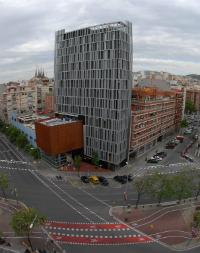
Why groups like it:
Facilities
Learning outcomes
Subject focus
Students can:
- Take Spanish language practise beyond the classroom and engage in spontaneous, unscripted conversations with native speakers
- Develop confidence and fluency in Spanish by speaking it in practical situations
- Experience the Spanish and Catalan culture and learn how the two cultures and languages co-exist
- Develop their interest and enthusiasm for the country and its language
Student outcomes
Students will have had an opportunity to:
- Develop speaking and listening skills by communicating with native speakers in real-life situations
- Gain confidence through learning and testing their capabilities
- Learn about Spanish and Catalan culture and how the two languages are used in everyday situations
- Learn about issues affecting contemporary Spain


